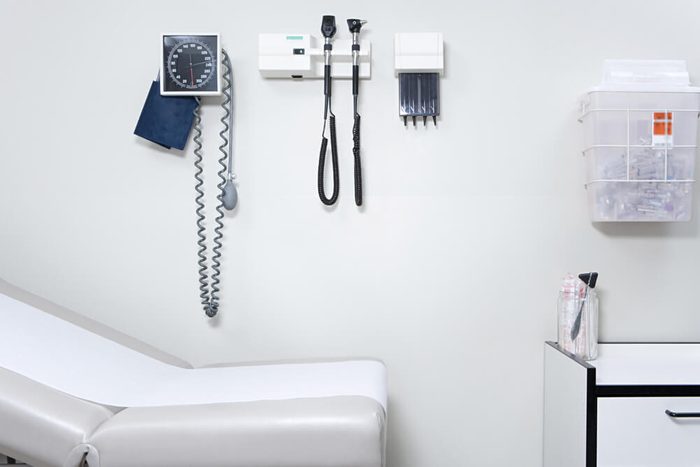
Understanding the Most Deadly Medical Conditions
Some diseases can be extremely deadly, and while heart attacks and strokes are well-known causes of sudden death, infectious diseases also pose significant risks. According to Robert Citronberg, MD, director of infectious diseases at Advocate Lutheran General Hospital in Park Ridge, Illinois, various factors determine whether someone becomes ill and how severe their condition may be. These include genetics, the aggressiveness of a pathogen, and other individual health factors.
Common Causes of Death
Stroke is the fifth leading cause of death in the United States, with someone dying from a stroke every four minutes, according to the Centers for Disease Control and Prevention (CDC). A stroke occurs when blood flow to the brain is interrupted, either by a clot or a ruptured blood vessel. For ischemic strokes, clot-busting medications can be effective if administered within three hours.
Infectious Diseases That Can Be Fatal
Malaria, a mosquito-borne illness found in parts of South America, Africa, and Asia, can be life-threatening. The parasite P. falciparum is particularly dangerous as it rapidly destroys red blood cells, which are essential for delivering oxygen throughout the body. Travelers should consult a travel medicine specialist for preventive measures, including medication.
Severe dengue, another mosquito-borne infection, affects half the world's population. Symptoms include high fever, severe headache, and joint pain. If left untreated, it can progress to severe dengue, which can be fatal. There is no vaccine for dengue, so prevention through mosquito repellent is crucial.
Sudden cardiac arrest is responsible for 325,000 adult deaths in the U.S. each year. It is often caused by an arrhythmia, where the heart beats abnormally. Immediate treatment is essential, as death can occur within minutes if not addressed.
Rare but Deadly Infections
Pneumonic plague, transmitted through flea bites or contact with infected individuals, can be fatal within 18 to 24 hours if not treated with antibiotics. Meningococcemia, a rare disease caused by meningococcal bacteria, can lead to rapid organ failure and death. Those without a spleen are at higher risk, and vaccination is the best form of prevention.
Cholera, caused by contaminated food or water, leads to severe dehydration and can kill within hours. Oral rehydration solutions or IV fluids are necessary for treatment.
Diabetic ketoacidosis, a complication of diabetes, occurs when insulin levels are too low, leading to the buildup of ketones in the blood. Symptoms include headaches, muscle stiffness, and nausea. Prompt treatment with insulin and fluids is critical to prevent serious complications.
Rapidly Progressive Infections
Invasive group A streptococcal infections, also known as "flesh-eating" infections, can develop quickly after a skin break. They require immediate identification, antibiotics, and surgery to remove affected tissue. Individuals without a spleen are more susceptible.
Septic shock, a severe reaction to infection, can cause a dangerous drop in blood pressure. Research shows that only 50% of patients receive care within six hours, and survival rates decrease by 7.6% for every hour delayed.
Toxic shock syndrome (TSS) is a bacterial infection that spreads toxins throughout the body. It can be associated with tampon use or open wounds. Symptoms include high fever, a red rash, and skin shedding. TSS can lead to amputations or death if not treated promptly.
Hantavirus, contracted through exposure to rodent droppings, urine, or saliva, has a fatality rate of 38%. It presents with flu-like symptoms, making early detection difficult. Patients suspected of having hantavirus typically require intensive care.
Preventive Measures and Awareness
Understanding these conditions and their symptoms is crucial for timely intervention. Preventive measures such as vaccinations, proper hygiene, and awareness of risk factors can significantly reduce the chances of developing these life-threatening illnesses. Early recognition and prompt medical attention are key to improving outcomes and saving lives.